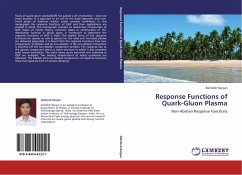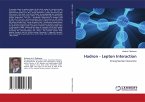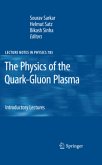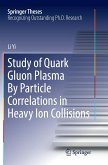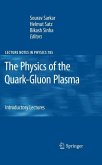Study of quark-gluon plasma(QGP) has gained a lot of attention since last three decades. It is expected to be one of the most important and non trivial phase of hadronic matter under extreme conditions. In this monograph the response functions of QGP and their applications are studied in detail. This monograph contains an elementary introduction of QGP, basics of kinetic theory, coherent states in construction of the distribution function in phase space. A framework to determine the response functions of QGP is fixed. The explicit forms of the response functions for quarks as well as gluons for the ideal and non-ideal plasma are obtained separately. It is found that the response functions have two components: (i) Abelian and (ii) non Abelian. If the non Abelian interaction is switched off the non Abelian component vanishes. The response due to the gluonic component shows a richer structure in which it also possesses color tensor excitations. The static heavy quark potential and screening in QGP are analysed. The melting temperatures of heavy quarkonia are obtained. The Abelian and non Abelian components of response functions show two separate kind of Landau damping.

